2012 Yamaha R1 Gets Traction Control
Monday, September 19, 2011
Yamaha hails the R1 traction control system as a direct byproduct of its title-winning MotoGP racing program. The system offers seven levels of TC. A total of 21 settings will be available when combined with the returning three-level D-Mode “Drive Mode” system.
Technical details on how the R1 TC system works are still forthcoming. Yamaha press materials only state: “The system has been developed so the rider does not feel any unnatural or harsh intervention from the system. In addition, traction control can aid in reducing tire wear due to less wheel spin.”
The 998cc Inline Four powering the R1 retains the crossplane crankshaft that first debuted on the 2009 model. The YCC-I (Yamaha Chip Controlled Intake) and YCC-T (Yamaha Chip Controlled Throttle) systems also return. While a new ECU setting does promise “excellent drivability during low and mid rpm acceleration,” the Yamaha will not get any extra oomph to challenge power production offered by the class-leading BMW S1000RR or HP beast of the Big Four, the Kawasaki Ninja. (The 2011 R1 turned the MotoUSA dyno to 152 horsepower and 75.65 lb-ft, ranking sixth in both categories during our 2011 Superbike Track Comparison)
Significant R1 updates are all internal, as the “re-styled” headlight cowl appears different from the predecessor only in a bold new graphics sort of way. Same goes for the heat guards and exhaust end caps. Other minor refreshes include new top triple clamps, styled after the M1 GP racebike. The adjustable footpegs have been tweaked as well, to enhance boot contact and improve rider interface.
The R1 chassis is unaltered. Spec sheets of the 2012 and 2011 models are identical, from steering geometry to length, width and height dimensions (excepting a nominal 0.1-inch lift in seat height). Fully adjustable Soqi suspension components return, along with the dual six-piston Sumitomo caliper braking configuration up front.
Most notable for the 2012 Yamaha Superbike is what hasn’t been changed (similar to the still-carbureted 2012 YZ250F motocrosser). No ABS system was introduced, and there has been zero weight reduction. Claimed wet weight remains 454 pounds, with the ’11 R1 notable as the heaviest bike in our annual Superbike Shootout – its 473-pound measured curb weight a full 34 pounds more than the class-leading Kawasaki ZX-10R.
Traction control jacks up MSRP by a modest $400, the base models (black and traditional Yamaha blue/white colorways) retailing for $13,990. A white/red paint scheme raises the price another 200 shekels, while the World GP 50th Anniversary Edition livery rings in at $14,490. The special anniversary edition will be limited to a 2000-unit production run worldwide.
2012 Honda CBR1000RR Revealed
Even though official specifications have not been released at this time we can tell quite a bit from the images here. First of all, the bike is not a ground up redesign, instead this is the evolution of the popular CBR1000RR platform. Obvious changes are as follows:
Bodywork : The new Fireblade bodywork as its seen here is much more aggressive in appearance with the dual reflector beam head lamps similar in shape but more sinister than the last generation. The cowling is also more wild with its lightning-bolt shaped air intakes the most conspicuous change. It seems Honda has made an effort to make the CBR frontal area less-stubby and more angular (Something that has worked well for Suzuki and now BMW) in recent years. After that the body kit appears to have received only slight modifications, including poweder coated black frame and swing-arm.
Dash : A new information system features a large, LCD-style dashboard with digital tach running horizontally across the top, large speedo in the center, lap-timer, gear position indicator, engine temp, clock, trip meters and a series of shift-indicator lights across the upper edge of the dash frame.
Suspension/Brakes: The huge fork caps visible at the top of the triple-clamp appear to be Showa Big Piston Fork technology. This makes sense as Kawasaki and Suzuki have gone this route on their sportbikes the last two years. Honda has used the Unit Pro-Link layout for the rear suspension and this appears to be a variation on that same design. Radial-mount 4-piston Tokico calipers and maybe larger rotors round out this area.
Wheels : Twelve-spoke GP-style wheels replace the old three-spoke hoops found on the 2011 CBR1000RR. Honda has made it a point to offer ultra-light wheels on the CBR line-up the past few years so we expect the new wheels to possibly be even lighter.
Not so obvious changes : We expect Honda to maintain its mid-pack position in terms of outright power. It’s unlikely that we will see the 2012 CBR1000RR challenge the class horsepower leading S1000RR and ZX-10R. The Honda way seems to be to build bikes with gobs of usable low-end and mid-range power surrounded by an excellent chassis. Odds are that’s what we will get here too.
2009 Suzuki GSX-R1000 First Look

Suzuki has taken its formidable superbike package and honed it to a razor-sharp edge in the form of the 2009 GSX-R1000.
Providing the punch is the most compact GSX-R engine yet. Changes to the 999cc liquid-cooled four-cylinder powerplant start with a 1.7mm-shorter stroke. The shorter distance the chrome-molybdenum connecting rods have to churn is aimed at increasing performance at higher rpm. The downdraft intake manifolds have been shortened by 10mm which should increase power output in the higher rpm range as well. The Suzuki Ram Air Direct airbox has been redesigned and is lighter than before and will benefit from the larger air intakes in the nosecone of the front fairing.
To give the Gixxer Thou a boost in low- to mid-range power, the combustion chamber has been reshaped, increasing the bore by 1.1mm. Changing the shape of the chamber allowed Suzuki to increase the size of the intake valve to 31mm (up from 30mm) and the exhaust valve to 25mm (up from 24mm). The DOHC engine also received new cam profiles, shortening up the intake camshaft and moving the cam angle sensor used by the engine management system. Moving the sensor to the center of the exhaust cam as opposed to the left end of the intake cam was instrumental in reshaping the cylinder head.

The more compact engine of the '09 GSX-R1000 allowed Suzuki to shorten up the mainframe, bringing in the wheelbase by 10mm in an effort to make it even more nimble in the corners.
Suzuki did away with last year's hydraulic clutch and went with a cable-actuated system. Besides skimming off a little more weight, Suzuki hopes that the new arrangement will improve feel and feedback at the lever for riders.
On the chassis side, the '09 GSX-R1000 continues to utilize a twin-spar cradle frame with five cast aluminum-alloy sections. The swingarm uses three castings and is arched so that the new swoopy dual exhaust could be tucked in tight to the bike. And while the chassis' design hasn't received a major makeover, the new, more compact engine allowed Suzuki to shorten up the mainframe, decreasing the space between the steering head and the swingarm pivot. The main spars are also reshaped to accommodate the contours of the new mill. This allowed them to stretch out the swingarm to 33mm despite bringing in the wheelbase by 10mm.

The engine oil cooler has the same trapezoidal shape as the radiator which allowed Suzuki to narrow the lower fairing and decrease drag.
Reigning in the new Gixxer Thou's formidable power are dual floating 310mm discs with radial-mount calipers. The conventional bolt-together calipers have been ditched for new, race-proven monoblock forged aluminum-alloy front brake calipers that are 205 grams lighter than the bolt-ons. The radial-pump front brake master-cylinder is smaller, down to 17mm from 19mm, and more weight was pared by using lighter cast aluminum wheels, front and back.

The 2009 GSX-R1000 is poised to return Suzuki to superbike supremacy. I smell the makings of a good Smackdown brewing.
With a more compact engine, revised chassis and a claimed 11-lb drop in weight, the 2009 GSX-R1000 looks poised to once again challenge for superbike supremacy. Lighter, faster and better looking than ever, the bar has been raised. Will the other three Japanese manufacturers that comprise the Big Four have an answer to the Suzuki assault? We'll find out in MotorcycleUSA's Superbike Smackdown VI.
Check out our review of the Suzuki GSX-R1000 after our 2009 Suzuki GSX-R1000 First Ride.
2007 SUZUKI GSX-R1000
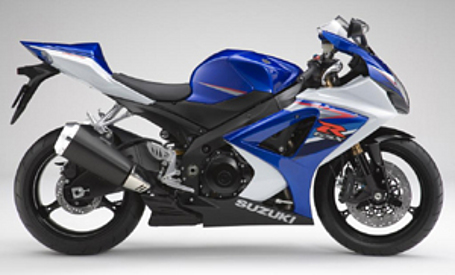
The new 2007 suzuki GSX-R1000
Once again suzuki has raised the level of open class sportbike performance. The 2007 suzuki GSX-R1000, it’s the reason why suzuki riders Own The Racetrack.
The basic architecture of the compact 999cc liquid-cooled GSX-R1000 engine is well known, a model of race-winning design: Bore and stroke of 73.4mm x 59.0mm, forged aluminum-alloy pistons with short skirts and cut away sides, chrome-moly steel shotpeened connecting rods, hollow dual overhead cams, and lightweight titanium valves. Add to that a close-ratio six-speed transmission with staggered transmission shafts, an adjustable back-torque limiting clutch and a gear driven secondary balancer shaft for reduced vibration.
A new more compact suzuki Dual Throttle Valve fuel injection system is in place for 2007 with 12 smaller holes instead of four for improved fuel atomization and because the injectors are more compact and emit a finer spray, the secondary injectors can be positioned at a steeper 30 degree angle aimed directly at the intake ports for improved throttle response. Intake and exhaust ports are re-shaped and eight percent larger and exhaust valves are 2mm larger (26mm vs 24mm) to work with more aggressive camshafts and Iridium spark plugs are used for optimum combustion and longer life. Also a new Idle Speed Control (ISC) system improves cold starting and stabilizes engine idle under various conditions and larger ventilation holes between cylinders reduces pumping losses.
The suzuki Advanced Exhaust System (SAES) features equal length head pipes feeding a collector, a short mid-pipe and a unique under engine chamber that leads to two short aluminum and titanium mufflers on each side. This system nearly doubles exhaust internal volume while lowering the center of gravity, centralizes the mass and improving aerodynamics. A proven suzuki Exhaust Tuning (SET) valve finds a home on the mid pipe and the combination of the suzuki PAIR system, a catalyzer and a oxygen sensor equipped closed loop engine management system work in conjunction to reduce emissions and improve engine efficiency.
A new larger radiator features a trapezoidal shape typically seen on works race bikes with nearly a ten percent increase in cooling capacity. The oil cooler is re-shaped with a third more cooling capacity and the oil pump is larger for increased flow.
Controlling the new 2007 GSX-R1000 is a new engine management system with massive computing power with four times the capacity of the previous models. The new ECM controls not only the fuel injection and exhaust systems but also make it possible for the rider to select from three performance settings to match riding conditions, using a three way switch mounted on the right handlebar. Engine mapping will vary for each setting and each map was developed using experience gained building racebike maps for rainy, mixed and dry conditions. Switching from map to map will be instantaneous making it possible for the rider to use different maps for different sections of the racetrack. A new self adjusting hydraulic clutch system uses a radial master cylinder and minimizes the change in clutch feel over the course of long races.
Taking lessons learned from the racetrack, the 2007 GSX-R1000 utilizes an all-new frame built to improve mass centralization by moving the rider toward the center of the wheelbase with a shorter fuel tank and moving the seat forward. The new frame is engineered to deliver the optimum rigidity balance for precise handling even at full lean. Constructed from five main aluminum alloy-castings the new frame uses less parts and less welding for improved accuracy and reduced weight. A new lighter and more rigid aluminum alloy swingarm finds a home under a two piece subframe and features a new rear shock mounting system with a link that pivots on the swingarm itself for improved traction and reduced side loads.
Taking lessons learned from the latest GSX-R600 and GSX-R750, the new GSX-R1000 also features three position adjustable footpegs for maximum rider control and maneuverability.
New high and low-speed compression damping adjustability is built into both front forks and the rear shock along with adjustable rebound and preload adjustments for maximum rider control. The outer tubes of the front forks are now larger in diameter below the lower triple clamp to improve rigidity while the DLC coated fork tubes remain at 43mm. Fork offset has been changed from 30mm to 28mm, increasing trail from 96mm to 98mm. Front wheel travel has also been increased from 120mm to 125mm.
The ’07 GSX-R1000 also benefits from new front brake rotors and brake carriers. Each 310mm disc is attached to the carrier using 12 floating mounts instead of 8 for improved heat transfer away from the disc.
The disc is also slightly thinner, measuring 5.0mm vs 5.5mm for reduced weight. The rear brake is a 220mm rear disc working with a single piston caliper now mounted above the swingarm, to reduce the effect of rear suspension movement caused by braking.
Handling will also benefit from the use of an all-new electronically controlled steering damper. A solenoid valve operated by the engine management system controls a tapered needle, increasing or reducing oil flow for increased or reduced damping force.
Extensive wind tunnel testing led to new and improved bodywork for the 2007 GSX-R1000, with an aggressive style and an overall reduced frontal area for amazing aerodynamic performance. A slightly taller windscreen also makes it easier for the rider to tuck in on the racetrack. New vertically stacked headlights also debut on the new GSX-R1000. The multi-reflector headlight has a new simpler shape and uses a 55w H7 halogen bulb positioned over a 70mm projector high beam.
Because everything else is new on the ’07 GSX-R1000, the instrument cluster is new as well. The new instruments include a step motor controlled analog tachometer, digital LCD speedometer, dual LCD tripmeters, an LCD clock, coolant temp/fuel injection readout, gear position indicator and a programmable LED engine rpm indicator light. A new LCD engine mode indicator displays which performance setting has been selected by the rider.
Suzuki GSX-R 1000 2011
The Suzuki GSX-R 1000 2011 is a motorcycle that has been fine-tuned and developed on racetracks and on asphalt around the world. It’s a machine that resolutely defines dominance, having won an incredible seven straight AMA Superbike Championships in a row. With its class-leading engine, chassis and suspension technology, there’s no question that the Suzuki GSX-R 1000 2011 is the undisputed superbike of our era.
Suzuki GSX-R 1000 wallpaper, Suzuki GSX-R 1000 image, Suzuki GSX-R 1000 photo, Suzuki GSX-R 1000 picture, Suzuki GSX-R 1000 picture gallery



Suzuki GSXR 1000. New for 2011 at SMC Bikes Sheffield motorcycle centre
Introducing the new Suzuki Motorcycles 2011
Ever since we introduced the Suzuki Hayabusa, it’s had only one competitor: Itself. The 2011 Hayabusa carries on as one of a kind with performance credentials that have established it as the hottest sportbike on the planet, the Suzuki Hayabusa is designed for the serious sport rider who will settle for nothing less than the best. Its combination of unsurpassed power, crisp handling and superb aerodynamics creates the ultimate sportbike. You could say that the 2011 Hayabusa is so intense, that it’s in a class of its own.
Suzuki Hayabusa wallpaper, Suzuki Hayabusa image, Suzuki Hayabusa photo, Suzuki Hayabusa picture, Suzuki Hayabusa picture gallery




Suzuki Hayabusa Turbo
Mohammed Azharuddin’s son Mohammed Ayazuddin succumbs to injuries sustained in a Superbike accident!

A file picture of Mohammed Ayazuddin with father Mohammed Azharuddin
Barely a week ago, Former Indian skipper Mohammed Azharuddin’s son Mohammed Ayazuddin crashed his Suzuki GSX-R 1000 motorcycle at Hyderabad, the crash instantly killing his cousin, Ajmal-ur Rahman, who was riding pillion. Mohammed Azharuddin who was in London rushed back to Hyderabad to be at his 19 year old son’s bedside even as his son fought for his life at a Hyderabad hospital. However, the doctors were unable to save him as Ayazuddin succumbed to his injuries earlier today.
For the record, both the rider and pillion were wearing helmets, which cracked on the impact. While it would be premature to apportion the crash to the high speed the duo were said to be doing on Hyderabad’s ring road or for that matter negligent riding, on the extremely powerful motorcycle, the Suzuki GSX-R1000, the nature of the injuries and impact suggests that the motorcycle might have been doing more than road legal speeds prior to the fatal crash.
All said and done, this unfortunate accident which has claimed two young lives raises many questions about motorcycle safety in India. India is a country which is thickly populated and is credited for having one of the largest number of two wheelers in the world as the majority of the Indian populace cannot yet afford cars. In such a scenario, most young Indians’ preferred choice of commute remains the two wheeler, which come in various shapes and sizes.
Until recently, young Indians had no access to high end motorcycles, many models of which are now freely available in the country. Ever since these motorcycles have been legally available in India through motorcycle company dealerships, there have been various incidents of fatal accidents involving these motorcycles on a regular basis. Many of these incidents go unreported.

The ad for 1962 Lowered Beetle (Sale Pending) Price: 3000 has been deleted.
Sunday, September 18, 2011
jaguar mk vii
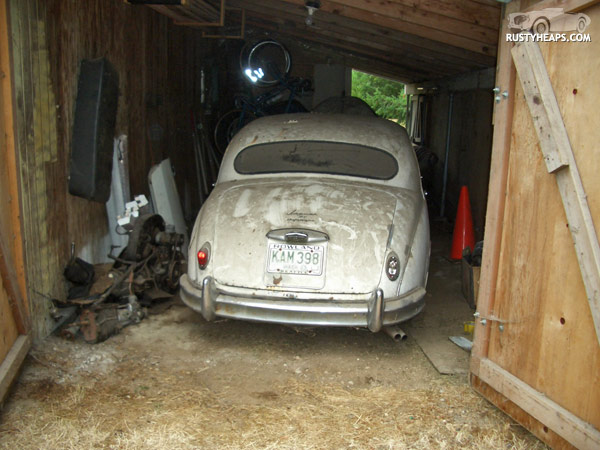
jaguar mk vii
jaguar mk vii
daf 66 ya
jaguar mk vii

daf 66 ya
all black phantom drophead

black rolls royce drophead
all black phantom drophead

61 olds
Lamborghini Bravo (6 votes)

lamborghini bravo
Lamborghini Bravo (6 votes)

audi
Lamborghini Bravo (6 votes)
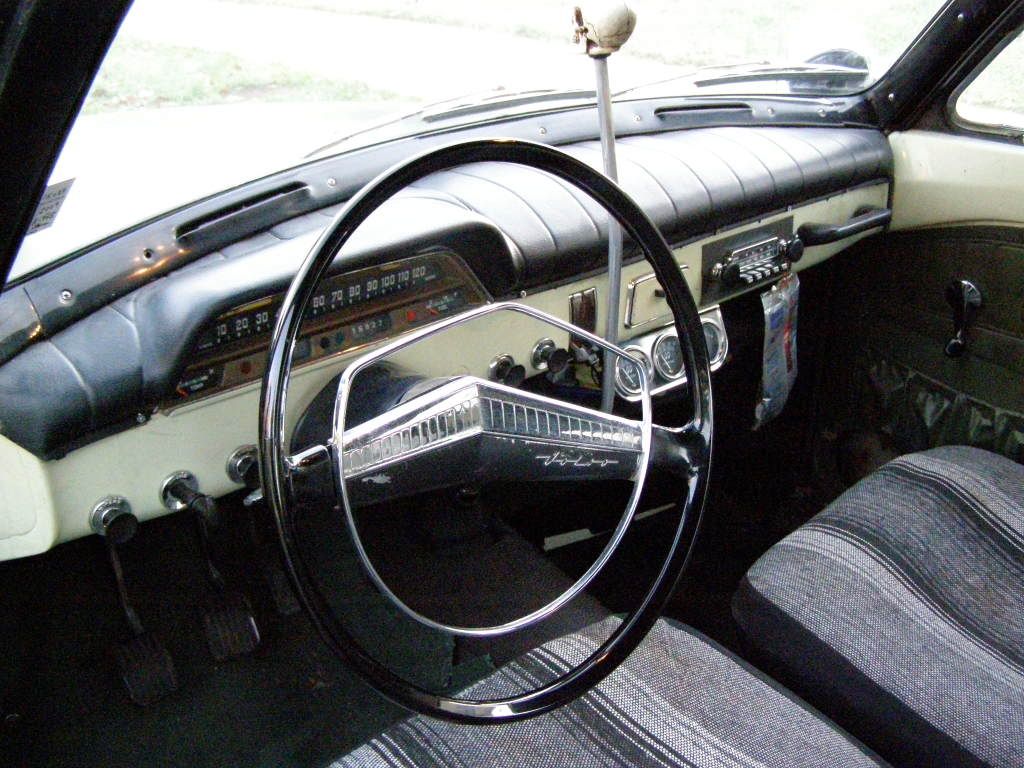
daf 66 ya
61 Olds Super 88 by ~mahu54 on
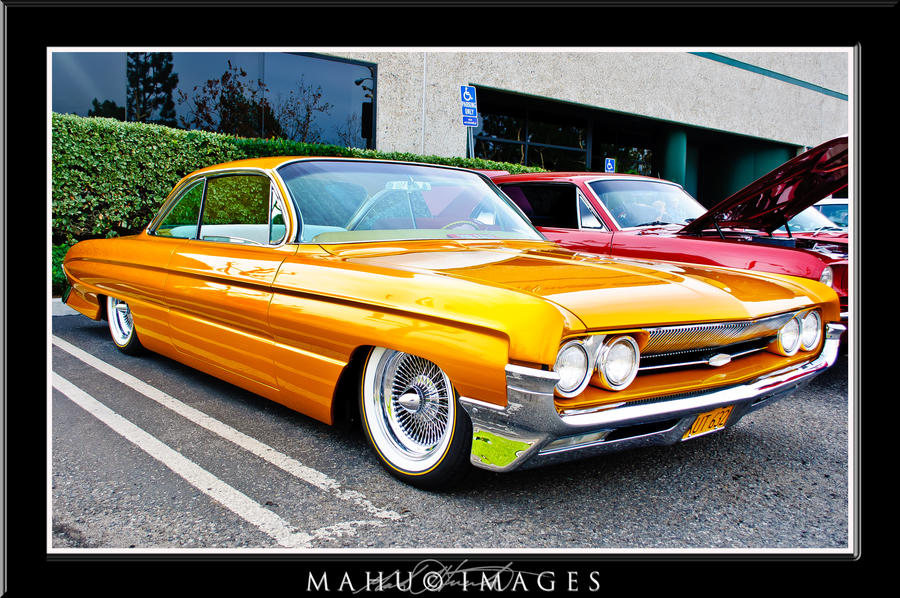
61 olds
61 Olds Super 88 by ~mahu54 on

daf 66 ya
61 Olds Super 88 by ~mahu54 on

lamborghini bravo
61 Olds Super 88 by ~mahu54 on

jaguar mk vii
61 Olds Super 88 by ~mahu54 on
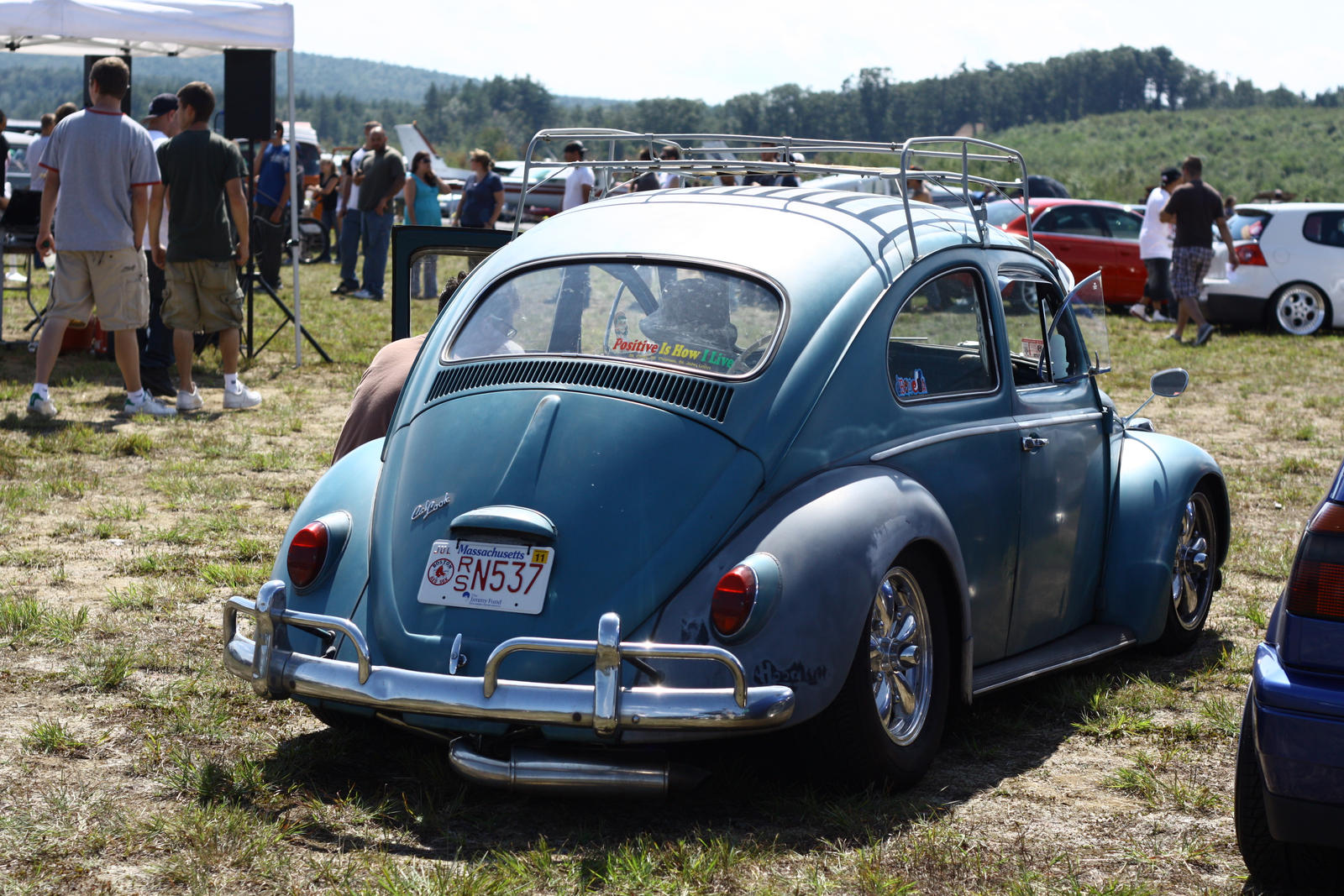
lowered beetle
61 Olds Super 88 by ~mahu54 on

astra gtc rims
61 Olds Super 88 by ~mahu54 on

lowered beetle
61 Olds Super 88 by ~mahu54 on
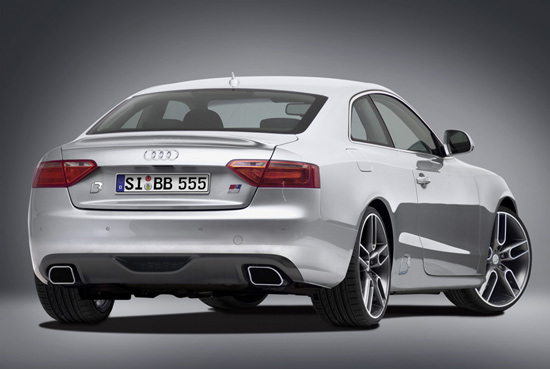
audi
61 Olds Super 88 by ~mahu54 on

cute car
61 Olds Super 88 by ~mahu54 on

61 olds
61 Olds Super 88 by ~mahu54 on

black rolls royce drophead
61 Olds Super 88 by ~mahu54 on
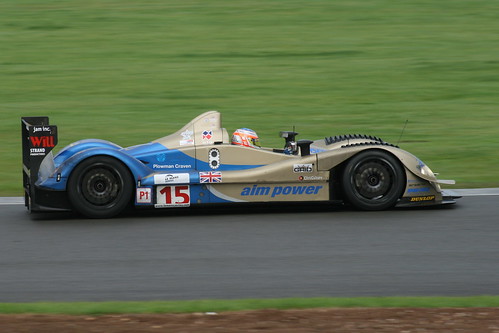
jamie campbell walter
The ad for 1962 Lowered Beetle (Sale Pending) Price: 3000 has been deleted.

lowered beetle
E-TYPE RACING BACK by *hybridfan on deviantART
slammed tt

slammed tt
2001 Land Rover Discovery TD5
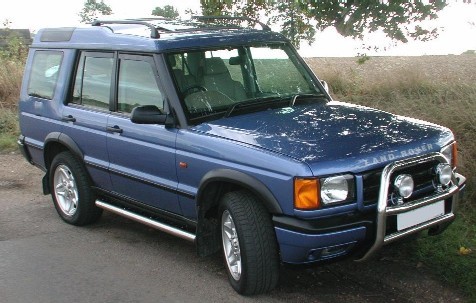
land rover discovery off road
2001 Land Rover Discovery TD5

polo 9n2
Maserati Spider ? Opel Antara

maserati spyder gt
Maserati Spider ? Opel Antara

porsche 993 rsr
Maserati Spider ? Opel Antara

e240 amg
Maserati Spider ? Opel Antara

willys americar
Maserati Spider ? Opel Antara

polo 9n2
Maserati Spider ? Opel Antara

mini 1000
Maserati Spider ? Opel Antara
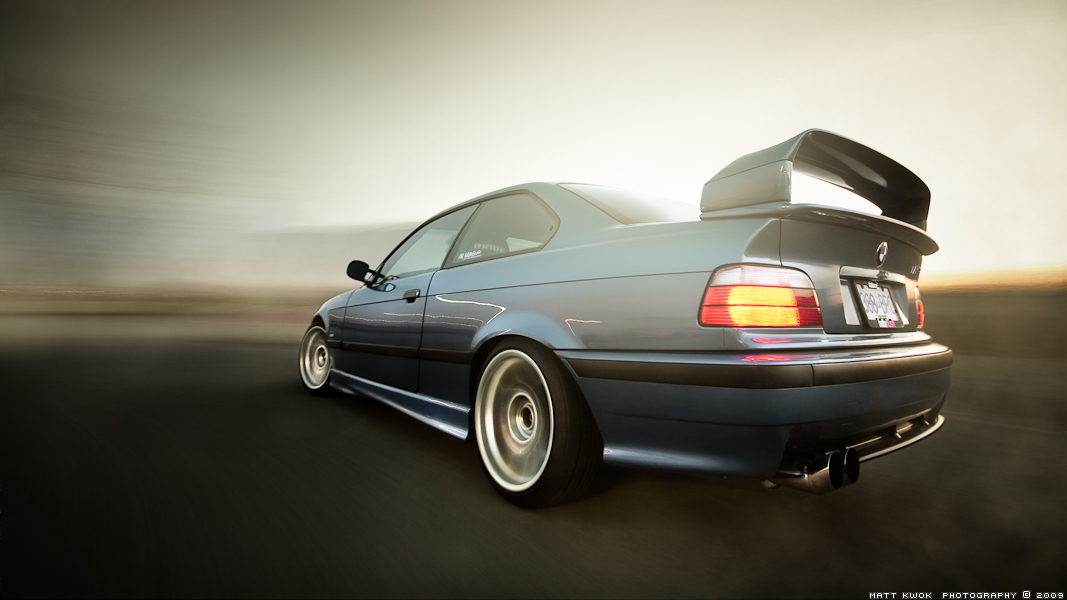
rig shot
Maserati Spider ? Opel Antara

dallenbach special
Maserati Spider ? Opel Antara
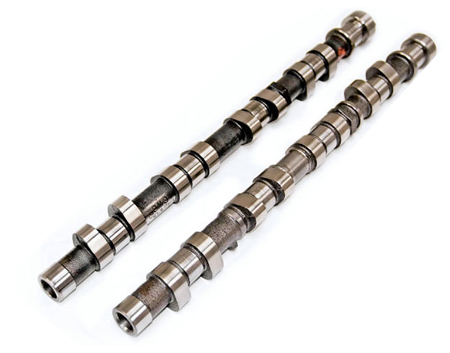
evo 8 race
Maserati Spider ? Opel Antara

audi r8 v10 silber
Maserati Spider ? Opel Antara

louis vuiton
E-TYPE RACING BACK by *hybridfan on deviantART

e type racing
E-TYPE RACING BACK by *hybridfan on deviantART

dallenbach special
E-TYPE RACING BACK by *hybridfan on deviantART

ifa cars
E-TYPE RACING BACK by *hybridfan on deviantART

bianchina
E-TYPE RACING BACK by *hybridfan on deviantART
hod rod studebaker lark
E-TYPE RACING BACK by *hybridfan on deviantART

euro mk5
E-TYPE RACING BACK by *hybridfan on deviantART

e type racing
















